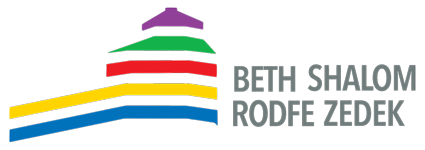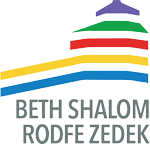Parashat Bereshit: Beginning our Year of Haftarot
We’ll start all the way back at the beginning (a very good place to start), Parashat Bereshit. Each week, as I’ve mentioned, we will spend about an hour on the Torah text, and then the final 30 minutes on the Haftarah portion. You may be wondering, why should I care about the Haftarah? Why focus on anything but Torah? Good questions – I hope to address these questions throughout our year’s studies.
Haftarah (from the Hebrew word for “to conclude”) is the name given to the additional, prophetic text assigned to each week of the Jewish year. These selections correspond in some way, thematically, to either the Torah portion of the week, or to a particular holiday. For instance, Bereshit’s Haftarah portion is Isaiah 42:5-43:10. Please note: when Shabbat coincides with a holiday, the holiday selection supersedes the usual Shabbat reading.
We will study our Haftarot with three primary commentaries: The Haftarah Commentary (UAHC, 1996), the Women’s Haftarah Commentary (Jewish Lights Publishing, 2008), and the JPS Haftarah Commentary (JPS, 2002). Feel free to pick up copies for yourself, and I will provide a handout each week as well.
The Hebrew Bible, which we call Tanach, is comprised of three sections. The “T” of Tanach refers to the Torah. The “N” refers to N’viim, the Prophets. The “Ch” refers to the Ketuvim, the Writings.
By the year 100 CE, we know that Haftarah was a standard part of worship, because a text in the Christian Gospels mentions that Paul visited a synagogue and spoke to the worshippers “after the reading of the Torah and the Prophets.” The question of WHY the Haftarah was added at the conclusion of the Torah service will be addressed when we get together this Shabbat.
Thus, for nearly 2000 years, this additional reading has been a significant part of our people’s ritual on Shabbat morning. The Prophets offer us a different perspective on the laws, traditions, and history of the Jews. Throughout the year, we will get to know each prophet, what his lens tended to be, and what he was trying to say to us. We will ponder the various settings in which each man wrote, and how this context informs the corresponding message of the prophet.
For a preview of each week’s Haftarah portion, you can visit Hebcal, a terrifically helpful Hebrew Calendar website. There, you’ll find information about the Torah portion, the Haftarah portion, and the triennial cycle. There will be links to the texts themselves. You can also look up any English date throughout all time and find out the Hebrew date!
For this Shabbat’s session, we will spend most of the time acquainting ourselves with the concept of Haftarah, and then look at this week’s assigned text. I’m looking forward to this new endeavor with you! Shabbat Shalom.





